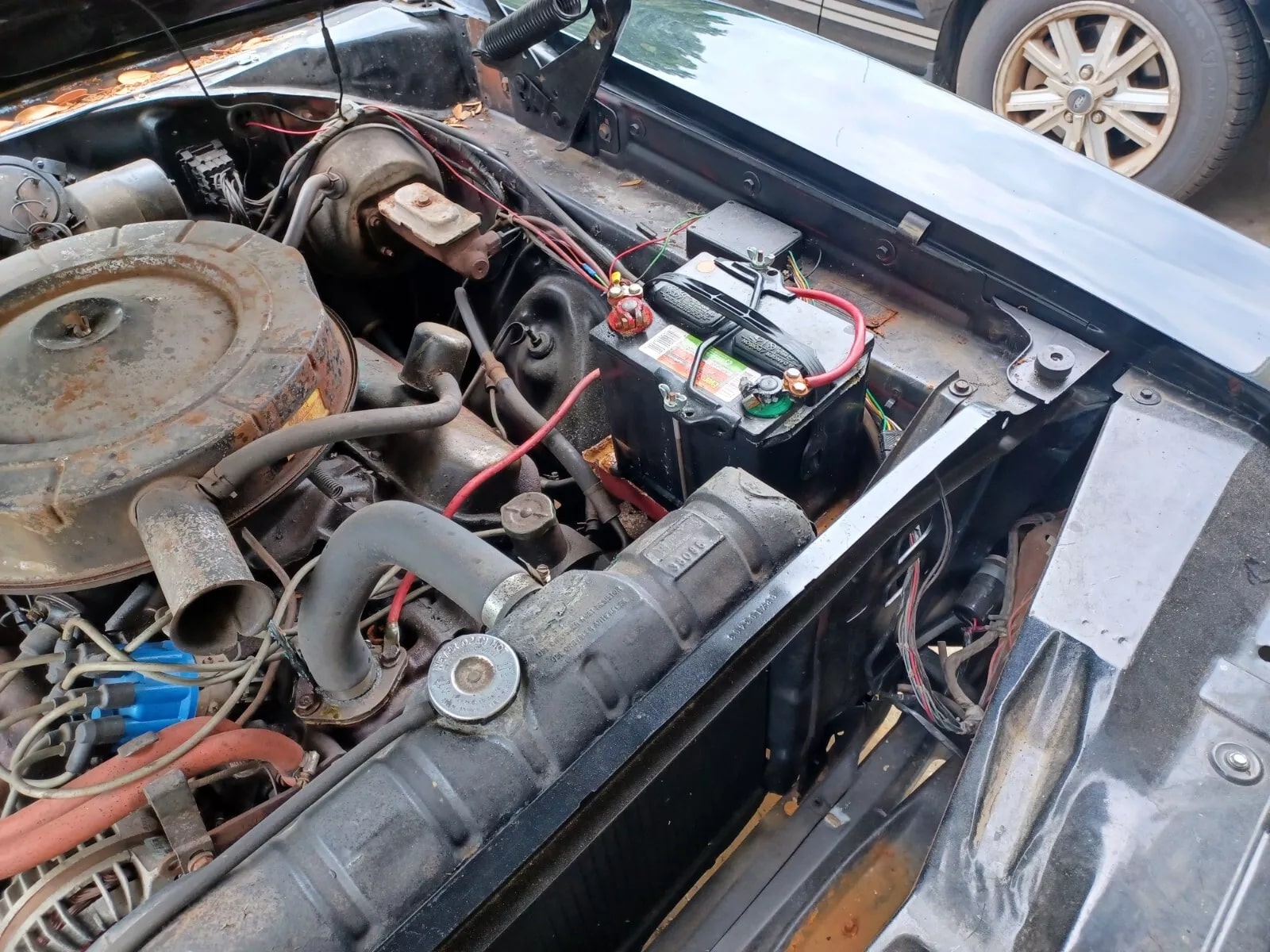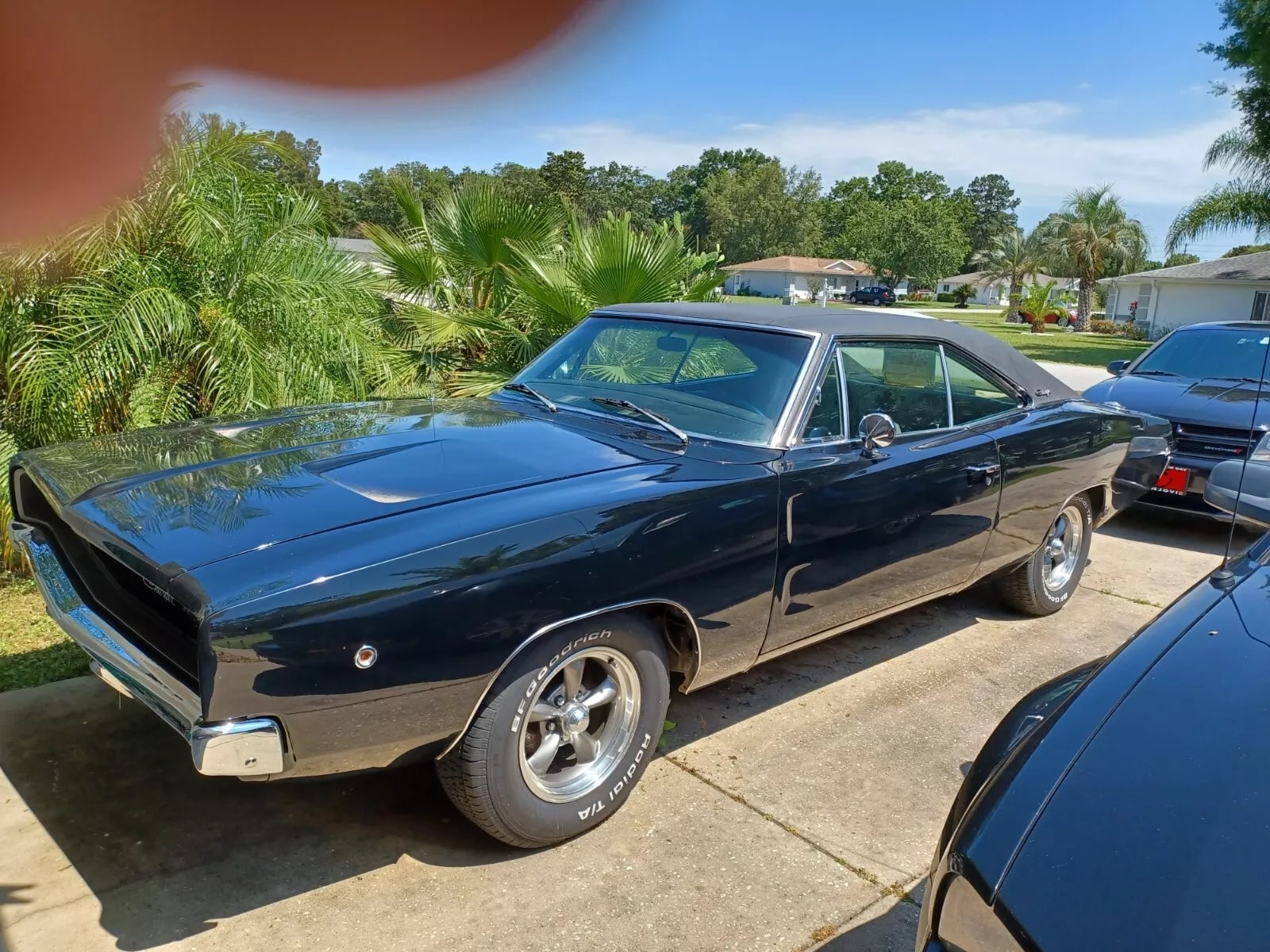A Dodge muscle car icon, the 1968 Charger emerged from a lackluster initial offering in 1966. Sales for the first design iteration were disappointing, prompting Dodge to completely redefine the Charger for 1968.
This second-generation model embodied the muscle car era with its sleek, “coke-bottle” design and a focus on raw power. While some comfort features were given the axe, a range of potent engines, including the legendary 426 HEMI, were available.
This new direction proved to be a sales triumph, with Dodge selling nearly three times the number of Chargers in 1968 compared to 1967. Even today, these classic Chargers remain highly desirable, especially the R/T and HEMI versions. However, there are still plenty of 1968 Chargers waiting for restoration to their former glory.
The triple-black example we see here isn’t a total basket case, but it does require some tender loving care to reclaim its past majesty. Ordered with a black paint job, matching black vinyl top, and a black interior, this all-black Mopar has the right look from afar. An earlier restoration in the 2000s certainly helped, but a closer inspection reveals some areas that could use attention.

The exterior, a testament to meticulous care, gleams despite its years. But beneath that polished surface lies a history whispered by replacement parts. New quarter panels, welded in to replace those sacrificed for drag strip supremacy, speak of a roaring past.
The front floor pans echo this story, marred by the relentless march of time and demanding a replacement. Even the trunk isn’t immune, harboring a smattering of surface rust a small but urgent problem to nip in the bud before it blossoms into something more sinister.
The interior, while not a total disaster zone, is begging for some TLC. The seats, the seller admits, need reupholstery, and a good cleaning wouldn’t hurt either. But the real heartbreaker lies under the hood: the mighty 440 cubic-inch V8, the engine that once defined muscle car dominance, is absent.
In its place sits a less potent 383 cubic-inch unit borrowed from a 1967 model. While sourcing a period-correct engine shouldn’t be a backbreaker, this downgrade is a considerable blow for any enthusiast yearning to recapture the fire of the Charger’s glory days.

